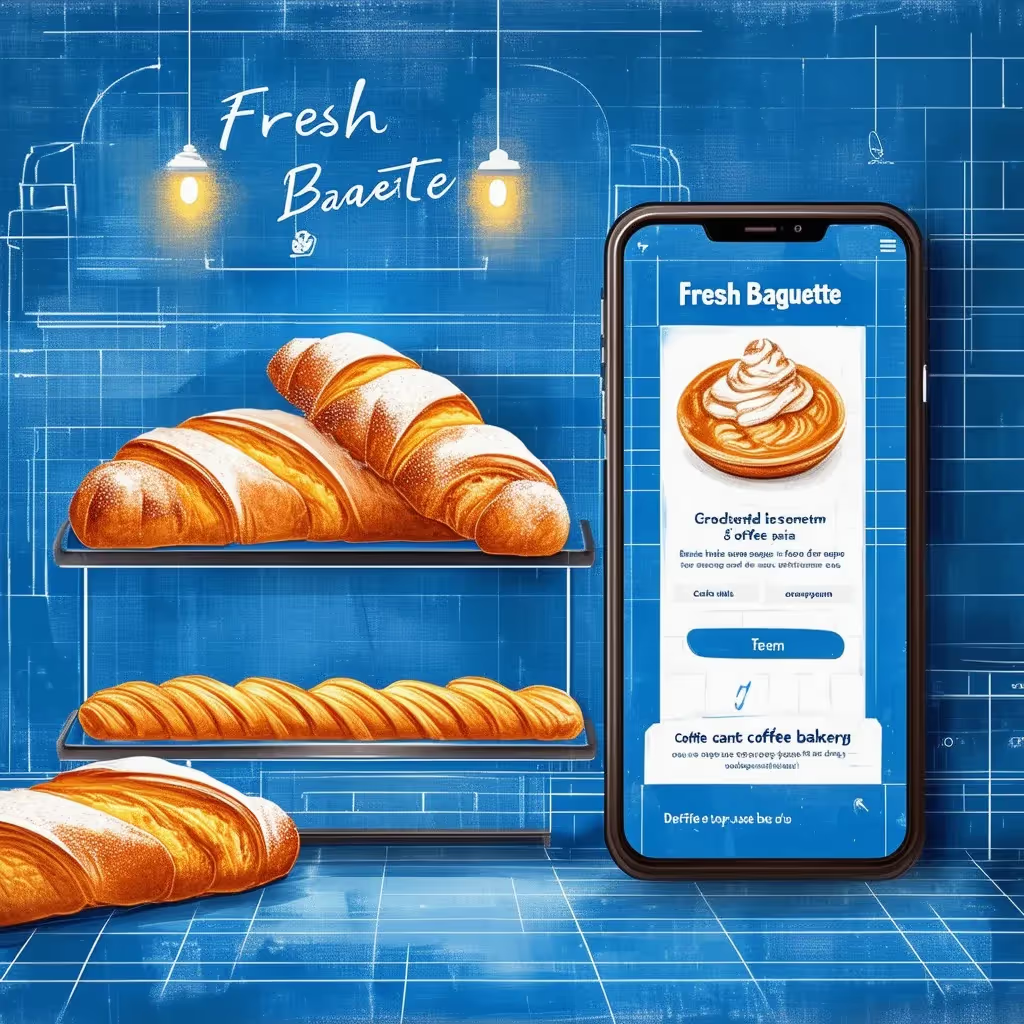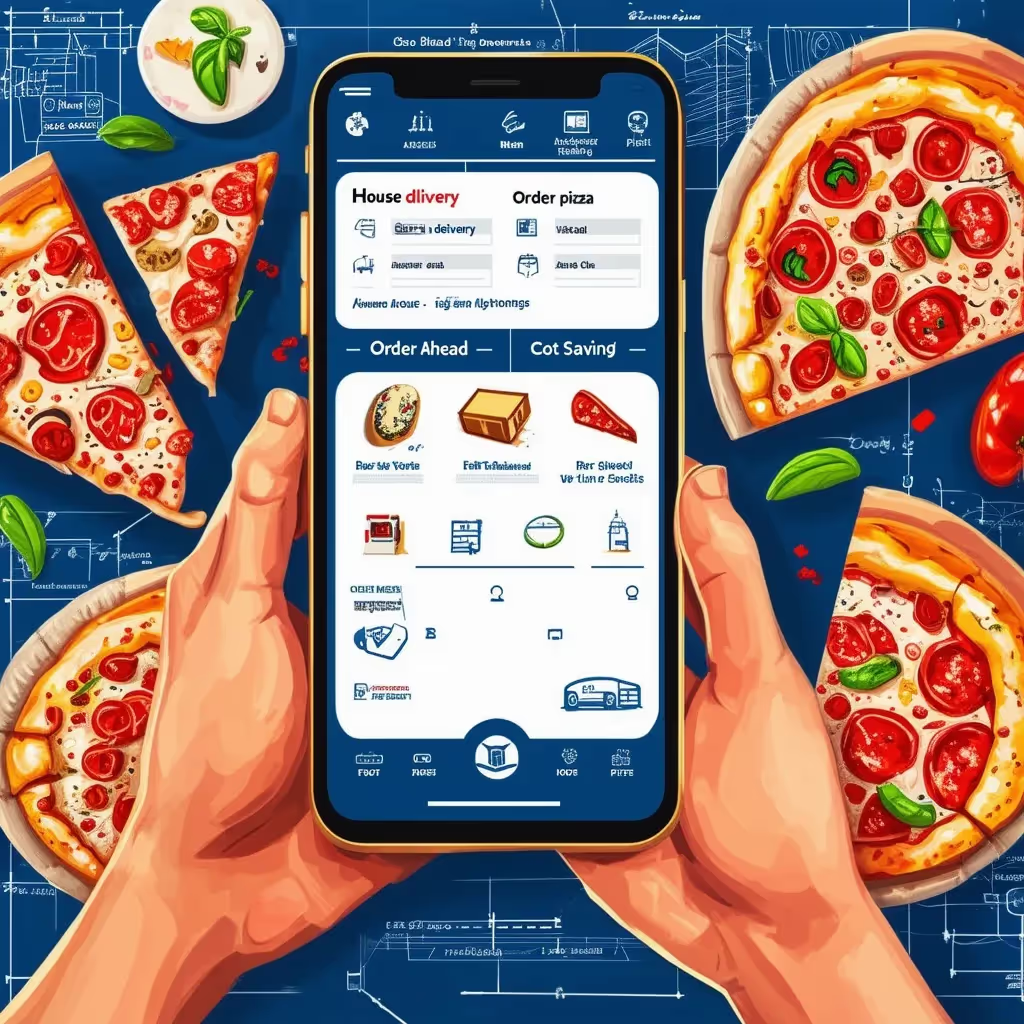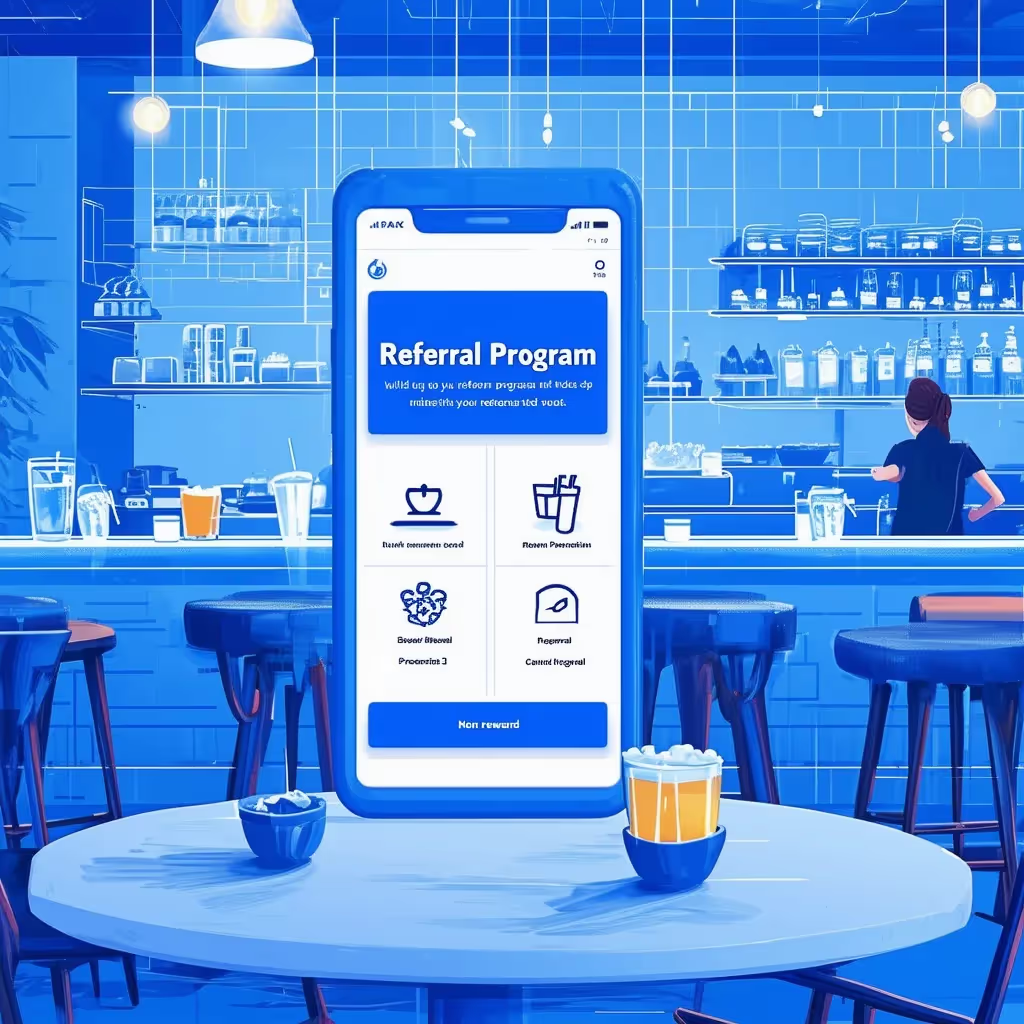TLDR
You can't stop people from sharing their opinions about your business, but you have the power to control how you manage those reviews. Platforms like Yelp, Google Maps, and Square let customers share their thoughts, whether good or bad. When you come across negative comments, don't let them bring you down. With a smart plan, you can respond professionally, protecting your restaurant's reputation. It's all about improving your approach, creating good connections, and making sure your restaurant not only survives but also thrives online.
Each review platform operates differently. What flies on Google may flop on Yelp. But fear not. With the tips shared in this blog, you'll be crafting winning review responses in no time.
The Importance of Responding to Customer Reviews
Responding to online reviews is crucial for restaurants. It shows customers you care and are dedicated to providing a great experience. Timely responses can turn a dissatisfied customer into a loyal one and build trust in your brand.
- Respond promptly, within 24-48 hours. Thank the customer for their feedback and address any issues or concerns. For negative reviews, apologize and outline the steps you'll take to remedy the situation. For positive reviews, send a quick thank you for their kind words.
- Tailor your responses to the platform. On Yelp, you have the option to publicly comment on reviews. Do so respectfully and avoid being defensive. On Google, you can respond directly to reviewers to clarify any misunderstandings, but responses are private. Per Diem allows you to respond in-app to address reviews in real-time before the customer goes to Yelp.
- Focus on the customer, not the rating. Address the issues in the review, not the number of stars. Respond empathetically by acknowledging the customer's experience, then outline how you will make things right and do better next time. Ratings matter but customer satisfaction matters more.
- Learn from reviews to improve. Use both positive and negative feedback to gain valuable insights into your customers' experiences. Look for any recurring themes or trends and make operational changes accordingly. Continuously enhancing the customer experience will lead to better reviews and higher ratings over time.
By diligently monitoring review platforms and crafting thoughtful responses, you can turn customer feedback into an opportunity to build loyalty and boost your business. The effort is well worth it. Every review is a chance to connect with your customers and provide amazing service.
Where Customers Leave Reviews for Restaurants
You must monitor review sites to understand your customers' experiences. Major platforms where customers commonly leave reviews include:
Yelp - Yelp is one of the top sites for restaurant reviews and ratings. With over 244 million reviews, Yelp provides valuable insights into your guests' satisfaction. Monitor Yelp regularly and craft thoughtful responses to both positive and negative reviews.
Google - Your business's Google profile, including Google Maps and Google Search, allows customers to rate and review their experience. Respond to reviews on Google within 7 days to maintain a high overall rating. Google reviews significantly impact your search ranking and visibility.
TripAdvisor - TripAdvisor is a popular travel review website where visitors rate and review restaurants based on their dining experience. With over 1 billion reviews and opinions, TripAdvisor reaches a wide range of potential customers. Politely respond to both positive and critical reviews in a timely manner.
Social Media - Customers may post reactions to their meal on platforms like Facebook, Instagram, or Twitter. Monitor platforms where you have an active social media presence and engage with customers by liking positive posts, and addressing negative comments. Respond professionally and avoid confrontation.
Per Diem - Per Diem mobile app allows coffee shops and restaurants to receive real-time customer ratings and reviews through their mobile ordering system. Owners can view detailed customer feedback and respond via email or push notification. Per Diem also notifies owners of negative reviews so they can take prompt action.
Make the most of review platforms by actively listening to your customers and taking action to address their feedback.
.avif)
Crafting Your Response Strategy for Each Platform
Yelp
On Yelp, respond to each review promptly and personally. Address the reviewer by name to build rapport and thank them for their feedback. For positive reviews, express your appreciation for their business and support. For critical reviews, apologize and take responsibility while providing an explanation. Offer a solution to make things right, whether a refund or invitation to return, and outline how you will prevent issues in the future. Aim for a resolution-focused, constructive tone.
Google Maps
Google Maps allows merchants to publicly respond to reviews, so utilize this feature to connect with your customers. As with Yelp, personalize your replies by addressing reviewers by name. For positive reviews, a simple thank you is sufficient. Critical reviews require a more thoughtful response; apologize for the poor experience, take ownership of the issue, and lay out how you have addressed it to prevent future occurrences. Frame your reply diplomatically and solution-oriented. On Google Maps, also consider responding to the most helpful reviews to build goodwill.
In-App Reviews
With in-app reviews such as through your mobile app or Square online site, you have the opportunity to address reviews immediately. Send a personalized email or push notification to the reviewer within 24 hours. Express gratitude for their feedback and, if critical, apologize and provide context for what happened. Explain how you have remedied the situation. Ask follow-up questions to better understand their experience and see if any further action is needed. An individualized, caring response can turn an unhappy customer into a loyal one.
With research and planning, crafting effective response strategies for the major review platforms your business utilizes can help build customer trust and loyalty. An authentic, empathetic voice and willingness to make things right are key. Regularly review responses and revise as needed to keep improving your customer experience.
Visit our blog here for an in-depth guide on how to ace your in-app review response strategy.
Proactively Managing Your Online Reputation
Proactively managing your online reputation involves taking preventative measures to build a positive brand image and address potential risks before crises arise. Focusing on proactive reputation management for your restaurant means you'll have more control over how customers view and engage with your brand.
Some effective proactive strategies include:
- Monitor review sites regularly. Keep an eye on sites like Yelp, Google Map, and Per Diem merchant dashboard to see what customers are saying about your business. Address any negative reviews promptly and personally. Thank customers for positive reviews to show you value their feedback.
- Build an engaging social media presence. Use platforms like Facebook, Instagram, and Twitter to share photos of menu items, and behind-the-scenes shots, and interact with customers. An active social media profile makes your business seem more transparent and customer-focused.
- Send post-meal surveys. Asking for feedback directly from customers is one of the best ways to improve their experience. Send a quick email or SMS survey within a day or two after their purchase. Make it easy to provide open-ended feedback and ratings. Address any concerns that come up and implement changes.
- Train staff on the importance of reviews. Educate your staff on how much online reviews impact your business. Encourage them to provide the best experience for every customer, every time. Their interactions can directly influence the reviews you receive.
Proactively managing your online reputation involves constant effort and vigilance. However, taking control of your brand's image and providing amazing experiences for your customers will pay off through increased loyalty, higher ratings, and more positive reviews.
FAQs on Customer Reviews Response Strategy and Management
Here are some frequently asked questions and recommendations:
How often should I check for new reviews?
It is recommended to check review sites daily for new feedback. Responding promptly, within 24-48 hours, conveys that customer opinions are valued. Setting a regular schedule to monitor reviews and respond on all platforms will help minimize damage from negative reviews by addressing issues quickly.
What is the best way to respond to positive reviews?
Thank the customer personally and publicly. Send a quick message expressing your appreciation for their kind words. On the review site, post a public reply like:
“Thank you for taking the time to share your experience. We're glad you enjoyed your meal and hope to see you again soon!” Keep responses genuine but consistent.
How should I handle a negative review?
Respond to negative reviews promptly and with empathy. Do not get defensive or argue with the customer. Apologize for their poor experience and take responsibility. For example:
“We apologize that your experience did not meet expectations. Please know that your feedback is valued and helps us to improve.”
You may offer to make things right by inviting them back as your guest. Follow up with a direct message to get more details about their unsatisfactory visit. Use this information to retrain staff or make operational changes to prevent future issues.
Should I report fake or malicious reviews?
If a review seems clearly fabricated or intentionally spiteful, report it to the review platform. Provide a polite explanation for why you believe the review is fake or malicious. The platform may investigate and remove the review if found invalid. However, unless obviously false, it is best to respond to even unfavorable reviews, as reporting too frequently may be seen as trying to hide legitimate feedback.
What if a review mentions an employee by name?
Never call out or make accusations against an employee on a public forum. Respond to the overall experience and follow up with staff internally. Your public reply could say:
“Thank you for bringing this to our attention. We will address your concerns to ensure the best experience for all of our guests going forward.”
Final Thoughts
You now have the tools to take charge of your online reputation across multiple platforms. Managing reviews consistently transform review sites into invaluable feedback channels. This direct line with customers provides insights to improve their experiences. Thoughtful responses also build a positive brand image. With the right strategy, you can win online reviews on any platform.


.webp)


.webp)
.png)
.webp)

.avif)
.webp)
.webp)
.webp)

.webp)










.png)
.png)







.svg)





.svg)
.svg)




.avif)



.avif)
.avif)
















.avif)








.avif)










